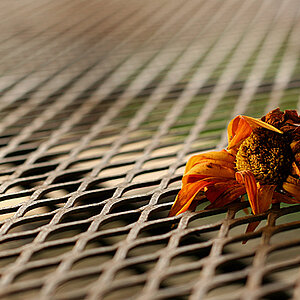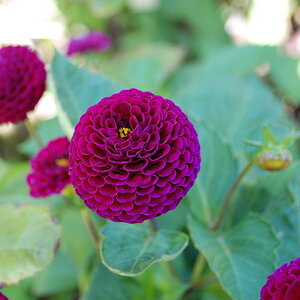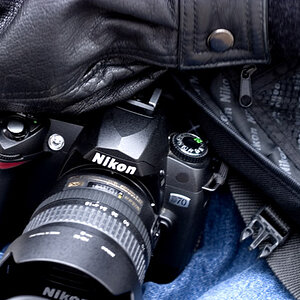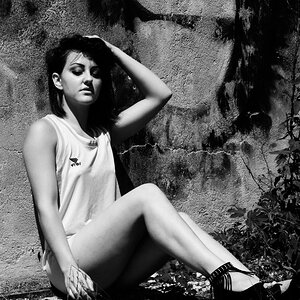RedWylder
TPF Noob!
- Joined
- Feb 14, 2011
- Messages
- 255
- Reaction score
- 24
- Location
- Alaska
- Can others edit my Photos
- Photos OK to edit
These pictures below are my most recent and I'm really trying to learn both landscape composition as well as editing. I could use some helpful advice on what to work on and how I might edit these pictures further.
1.
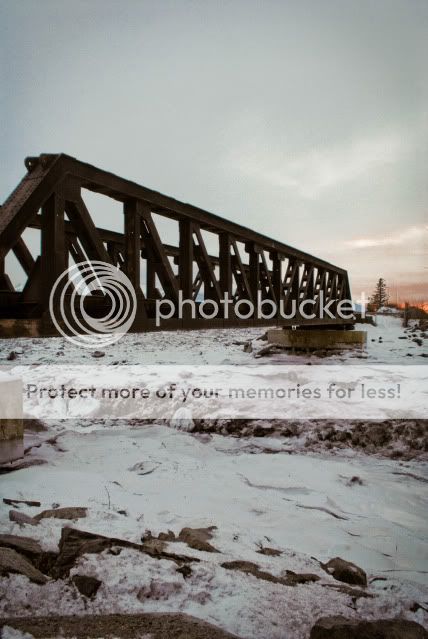
2.
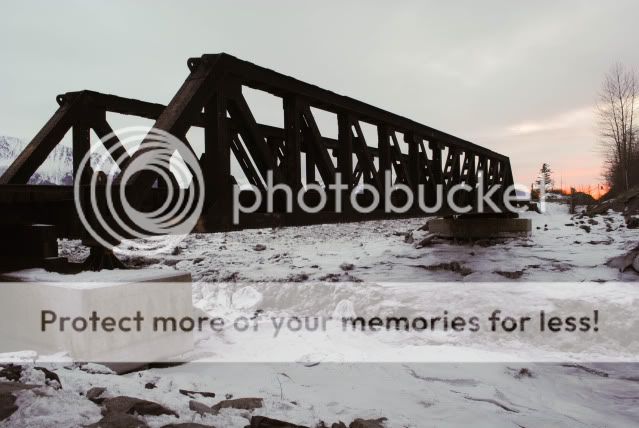
3.
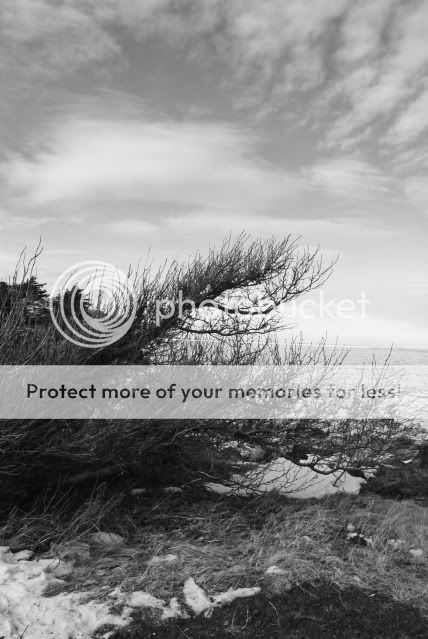
4.
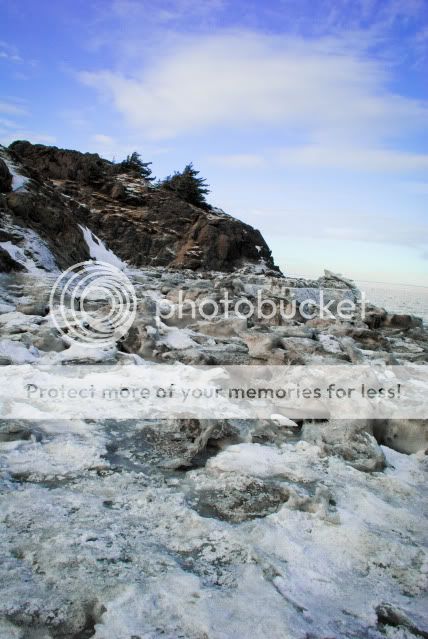
5.
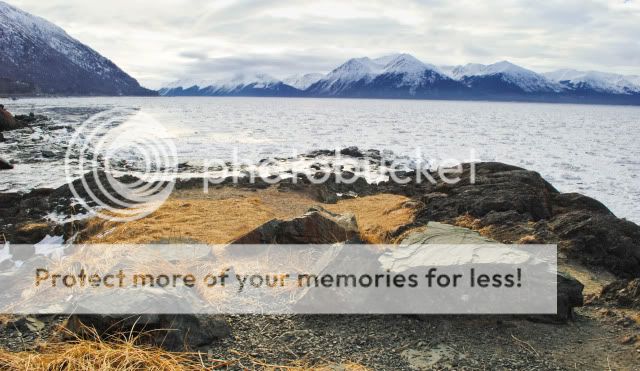
6.
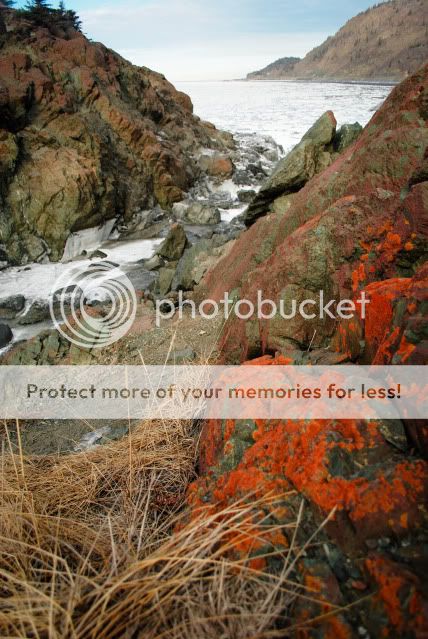
Thanks!
1.

2.

3.

4.

5.

6.

Thanks!


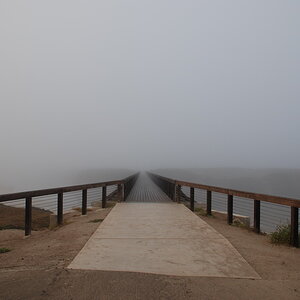
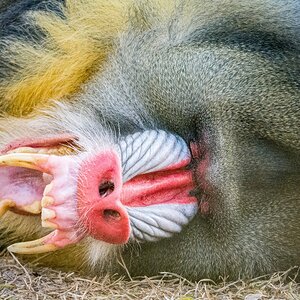
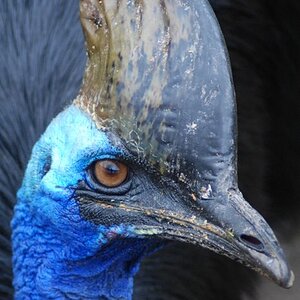


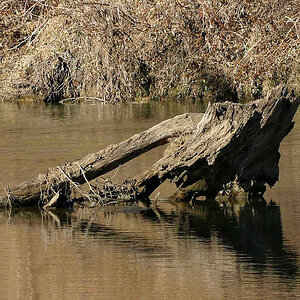
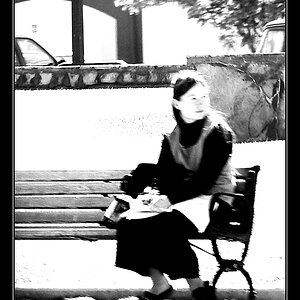
![[No title]](/data/xfmg/thumbnail/42/42397-30faa170de7ed9be38adf00b9b26a220.jpg?1619740167)
